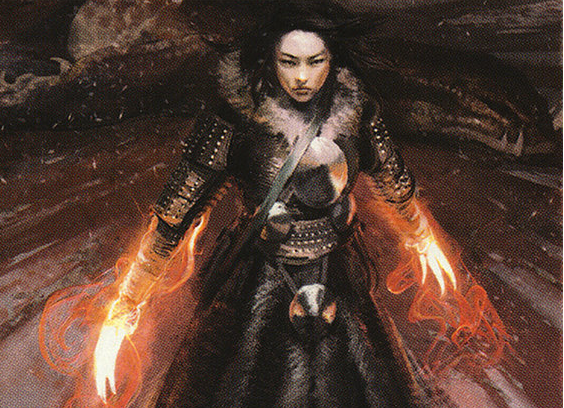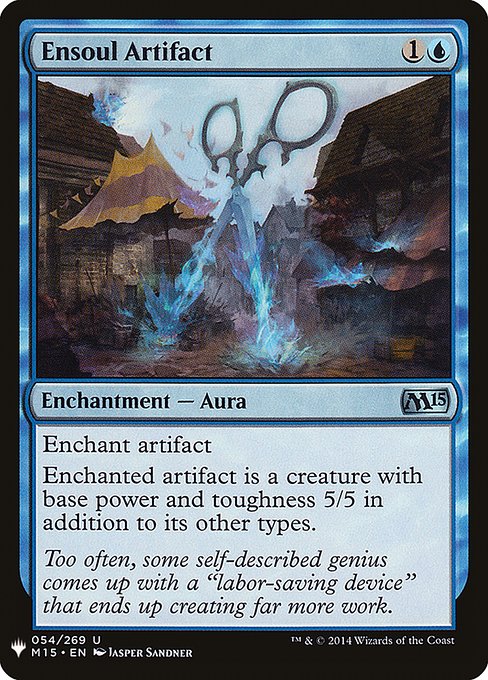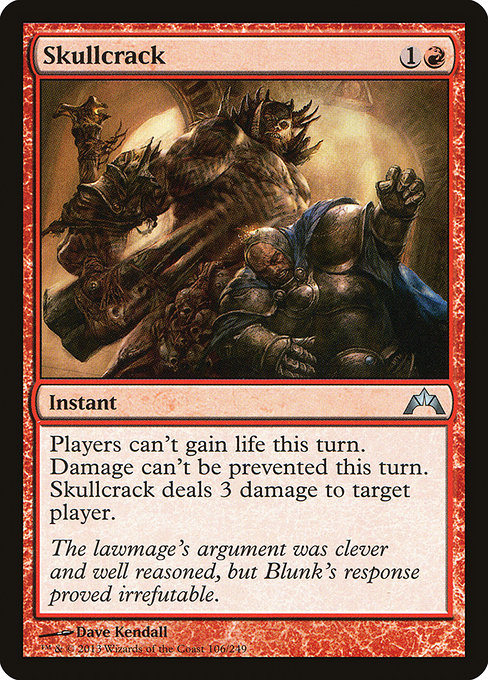Are you a Quiet Speculation member?
If not, now is a perfect time to join up! Our powerful tools, breaking-news analysis, and exclusive Discord channel will make sure you stay up to date and ahead of the curve.
I’ve written about my process of using QuietSpeculation’s TraderTools to study buylist spreads, and with the rise of Pioneer, I got curious about what the spread numbers look like for its many sets. These numbers give a real snapshot of what players are demanding, and low spread numbers indicate a card with tight supply and demand, which has the potential to spike with an increase in demand. With Pioneer set to be in flux over the coming weeks and months as the banned list is hammered out, there will be a lot of metagame changes that will inevitably impact the market in a big way.
I went deep looking into the spread of all Pioneer sets, and I gained a few very useful insights.
Painlands are Premium
Among all the cards in Pioneer, painlands stood out as having some of the lowest spreads, many of them actually slightly negative on CardKingdom’s buylist, so they surely have been selling lots of them over the past few weeks. Without fetchlands taking a large part of manabases, players have to branch out, and painlands are in the highest tier of quality in available Pioneer lands.
What’s interesting is that these lands didn’t see much play in Modern, compared to things like the fastlands that did, so the relative change in demand is much higher, and over time I see this leading to higher prices for them across the board, but keep in mind multiple printings will keep them from ever getting truly out of hand.
Commons and Uncommons Are Critical
I was quite surprised to see that some of the lowest-spread cards in the format are actually uncommons and even commons, which points to them being among the true staples of the format. For example, Temur Battle Rage is the lowest-spread card in all of Fate Reforged, Modern and Pauper staple that represents one of the more powerful cards in the format, and one I’ve already seen in multiple decks, including with its partner in crime Become Immense.
A closer look shows that Temur Battle Rage has indeed been slowly creeping up over the past couple weeks, and could turn into a true spike if a deck using it really breaks out in the format.
An uncommon of note is Ensoul Artifact, which has a low spread and is on the rise in the metagame as part of a Blue-Red “Affinity” deck. It was the centerpiece of a Standard deck during its tenure, and it’s one of the better artifact payoffs in Pioneer. It has a very similar price pattern to Temur Battle Rage, rising to around $0.60 from $0.50 in the past two weeks, and showing every sign of continuing that trajectory. I’ve seen a lot of talk about the deck on social media lately, so at this point, I’m just waiting for a high-profile breakout finish to bring the deck to the masses.
Bet on Red
The lowest spread card in Born of the Gods is Searing Blood at 15%. It was a staple of Standard red decks and has seen play as a Modern sideboard card, and it’s becoming a staple of Pioneer in that role. Last weekend, Mono-Red gained a ton of traction when an MPL Pro and popular deck-brewer top 8'd the Pioneer Challenge along with another player on the deck, and things have only gotten more promising after the bans nerfed some of its biggest competition.
Another staple of the burn archetype in Modern and one of its important tools in Pioneer is Skullcrack, another sideboard staple with some maindeck potential. I wasn’t too surprised to see that at 10% it is one of the lowest spread cards in Gatecrash, one of the oldest sets in Pioneer. It’s another example of a card showing steady growth in the past two weeks since the announcement, up from $1.6 to nearly $2 and heading higher.
A slightly more obscure red card but one I see having a great future in Pioneer is Abbot of Keral Keep, which was a major staple of the archetype during its time in Standard. I took note of it when I saw it was one of the lowest spread cards in Magic Origins at 6%, behind just painlands, and on further inspection see it’s being commonly used as a two-of in red sideboards. It’s already showing clear growth this month, and if that’s just on relatively little demand from red decks I could see it really exploding if it becomes a maindeck staple of a top-tier red deck.
Tribal Tendencies
Tribal decks are an obvious place to start in any format, and the best among them tend to naturally coalesce together into real archetypes. Pioneer has fewer options than larger cardpools, and that means tribal decks will try to “cheat” on type when they can with cards like Metallic Mimic, a player in any tribal deck and surprisingly one of the lowest spread cards in Aether Revolt at 15%, behind just the negative spread mythic rare Angelic Archangel, which looks like a nice Commander spec.
A specific tribal card to watch is Relentless Dead, which at a 20% spread has one of the lowest spreads in Shadows over Innistrad, but came onto my radar initially because of its spike on MTGO this week. At least two variations of Mono-Black Zombies have posted 5-0 trophies, so there’s potential for it to become a part of the metagame. Under $8 before the Pioneer announcement, it’s now nearly $9.
Most Cards Are in High Supply
One factor behind the creation of Pioneer is the high-accessibility of cards relative to Modern, which goes back 16 years to Mirrodin and includes sets with a much lower supply than now. Pioneer only goes back 7 years, and its sets are all in very high supply. As such, I found that many sets didn’t have cards with low spreads, and showed dealers have plenty in stock.
Most cards are minor players, so even the best cards from sets like Khans of Tarkir, Theros, and even its oldest set Return to Ravnica have plenty to go around. This effect is especially pronounced in these large first-sets, so the best bets will be from second and third sets and core sets, which nearly all of the cards I shared today are from.












